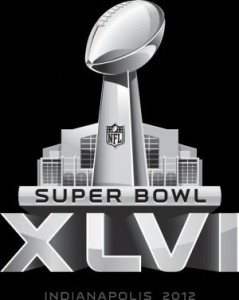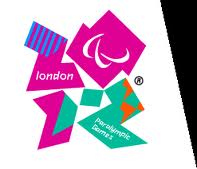Are you a fan of football but do not watch the Super Bowl for the ads? There may be no escaping them this year as increasingly advertisers realize that there is an untapped market for them in the online world during a game known for its broadcast ads.
A recent survey by Harris Interactive that was commissioned by mobile marketing firm Velti, as reported by MediaPost, shows that a full 60% of mobile phone users plan to also use and view their phone while watching the game.
While the news that people will use their phones is hardly earth shattering, another part of the report shows that people are twice as likely to use their phone during the ads and during the half time show. This might not be great news to companies that are shelling out an average $3.5 million for a 30 second ad, up 17% from last year.
As mobile usage soars advertisers target new space
According to Forbes the price on Super Bowl ads has increased an average of 5.7% annually, and it is predicting that the going rate will double again within the next decade making online increasingly appealing.
A late comer advertiser or a company that delays in buying the time, which sold out prior to Thanksgiving this year have an option, and one that companies that are advertising on the game telecast are taking as well- targeting mobile users in what is now being called the second screen market.
Already the bulk of the ads that are slated for broadcast on the airwaves are available online as either an ad targeting users or as a YouTube video to attract more fans. However there is an entirely different class that is just sticking with the less costly mobile ad space.
The broadcast ads are dominated by major corporations, centering around 5 market segments: automotive, beer, motion picture, soft drinks and tortilla chips, according to a recent Nielson study. Many of these will replicate their presence online as well, but there is opportunities for others as well.
The popularity of Super Bowl ads is amazing. Simply head over to YouTube’s Ad Blitz, a site dedicated to Super Bowl ads, to get a feel for just how popular this is. As of Thursday morning prior to the game there were 39,000 subscribers to the channel and 800,000 video views.
Go to Coke’s Facebook page and you can see a group of polar bears, one set in each team’s uniforms, reacting to the game in real time. The loss of eyeballs during the broadcast could be part of the broadcast advertisers own doing since many seem prepared to drive broadcast viewers online.
The Harris study found that sites like Shazam, Subway and Chevrolet have specialized apps that will support viewers driven from broadcast ads to on-line and present the opportunity to win prizes or participate in some activity.
Then if you have seen an ad that seems worth viewing again on the broadcast, you can always head over to iTunes to get an app that allows you to view past favorite Super Bowl ads as well as new ones as soon as they are available on YouTube.
I expect that the number of ads that are designed to be viewed by mobile devices only will be a strong growth category in the future, particularly as tablets continue to grow in popularity. A sharp advertiser does not care if you continue to watch the game after you have viewed their ad, so why not try and snare your attention via some focused programs online at a corporate web site?












